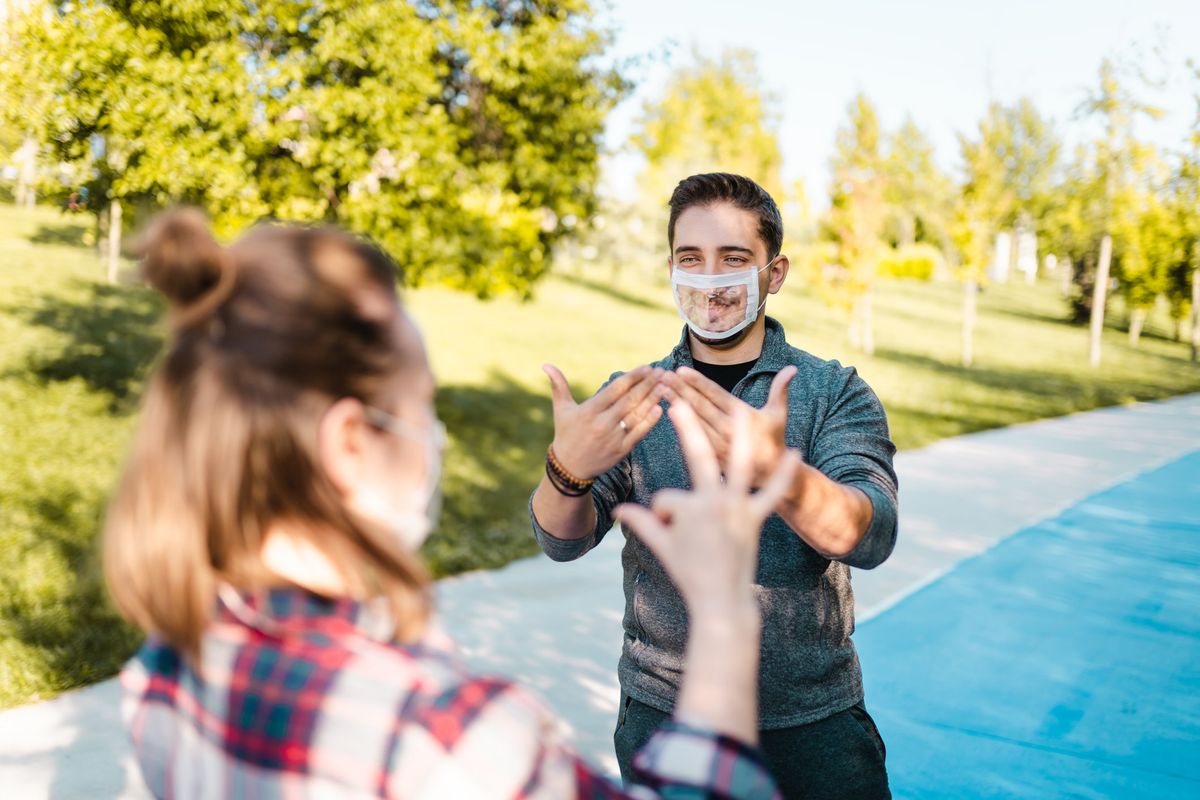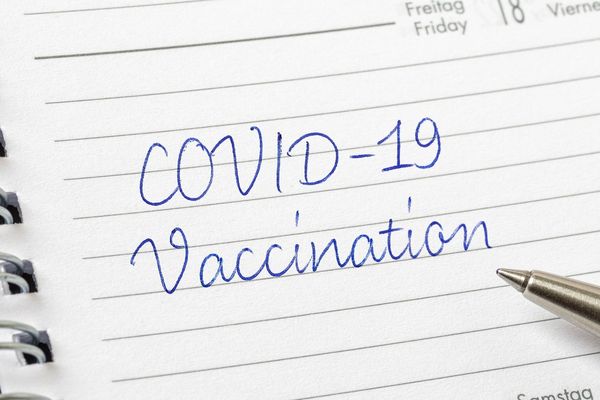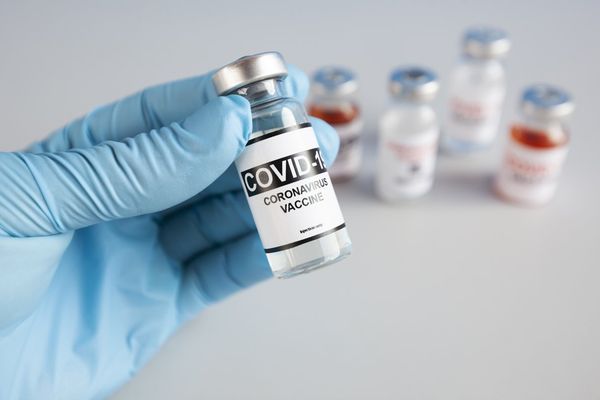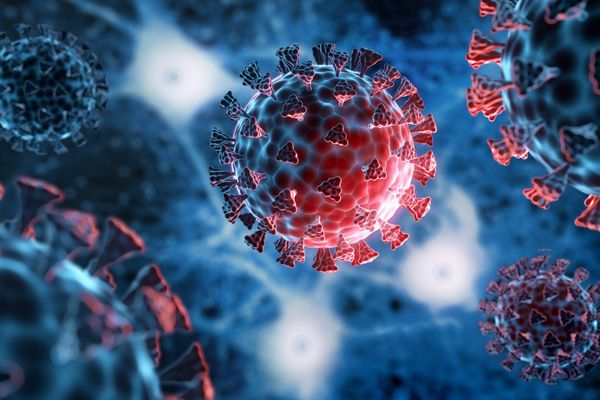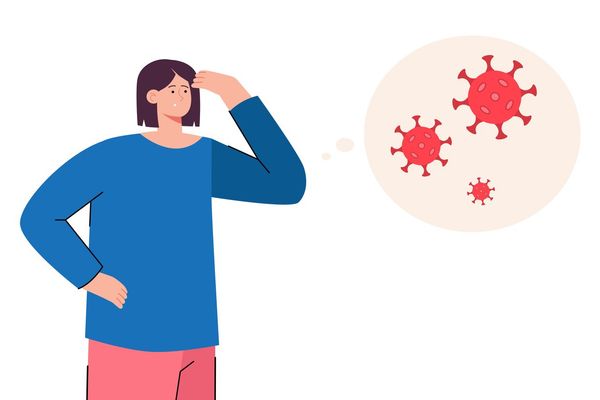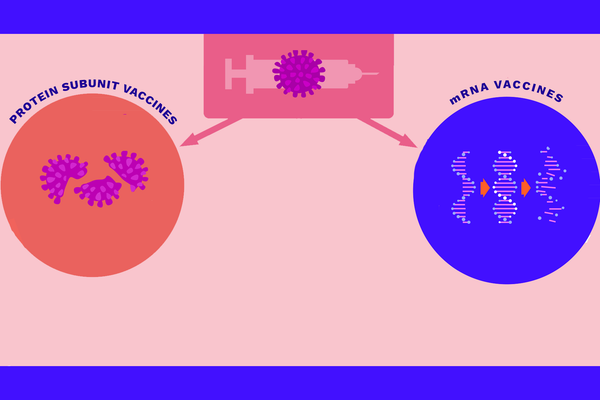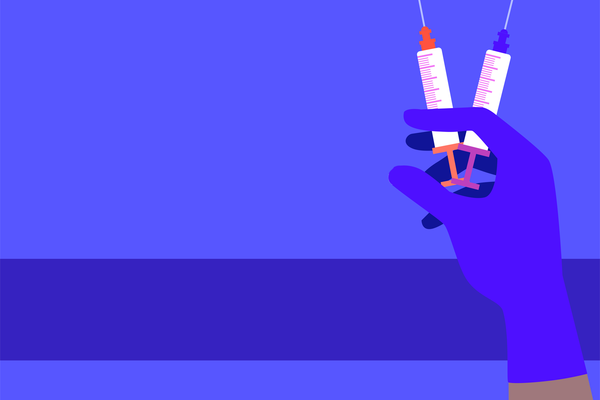At this point in the pandemic, most Americans take the changes wrought by Covid-19 for granted. Responsible citizens dutifully don masks when they leave their homes and sanitize their hands after every encounter. People are practicing social distancing or staying home completely, while restaurants across the country have moved tables onto roads and sidewalks to accommodate those who want to enjoy a meal but aren't comfortable sitting indoors.
All of these measures are designed to stop the spread of the virus, which is important. Unfortunately, they don't take into account the millions of Americans who have disabilities. For me, as a woman with cerebral palsy, walking and talking takes so much effort that it often compromises my breathing.
In order to protect myself and others, I always wear a mask when I go outside. But, wearing a mask — no matter how thin or well-filtered it is — makes breathing extremely difficult for me, and I can't walk for long without getting out of breath. As a result, I have to limit the number of outings I go on, which has forced me to rely on my partner to carry out most of my errands. As a result, I've lost a sense of independence.
I'm not alone. People with disabilities constitute the largest minority group in America: Nearly 61 million, or 26% of, adults live with a disability. But we've been overlooked by those who created Covid-19 safety guidelines. For example, masks prohibit hard-to-hear/Deaf people from reading lips, blocked sidewalks hinder those in wheelchairs, and the need for constant hand-washing, along with general anxiety about the pandemic, may trigger those with obsessive-compulsive disorder (OCD).
Before the pandemic, I was transitioning from using a wheelchair to using my feet to get around New York City, which is notorious for being inaccessible to those who use wheelchairs or other mobility devices. Over the years, I was privileged enough to build strength and balance in my muscles to get to a point where I no longer had to rely on my wheelchair, but once the pandemic hit and wearing a mask became hazardous to my walking, I went back to traveling through Brooklyn in my wheelchair. On a good day, the city is hard for those in wheelchairs to navigate, but once sidewalks were closed to maintain social distancing, it became nearly impossible.
People with different disabilities are impacted in different ways
For Jocelyn Ricarda Mondragon, a 25-year-old Latinx disability rights activist and educator, the government-mandated quarantine and social distancing were nothing new. Mondragon lives with arthrogryposis multiplex congenita, which affects her mobility due to multiple joint contractures and muscle weakness, and she uses a wheelchair. Even before the pandemic, she was housebound since her hometown of New Orleans is mostly inaccessible to people with mobility issues.
"I used to feel excluded not only with [non-disabled] people but with disabled communities as well because being housebound is another experience on top of my disabled experience," Mondragon explained.
Witnessing the public complain about being forced to social distance and stay at home deeply frustrates her and has taken a toll on her mental well-being. The public's lack of empathy for folks who have long been housebound made Mondragon feel invisible and like her lifelong experiences were invalid.
Social isolation can have a detrimental impact on mental health for people with disabilities. Not being able to connect with loved ones — either in person or virtually — when a disability and lack of accessibility already limit social engagements, can intensify feelings of loneliness and depression.
One widespread way to combat social isolation has been to connect with family and loved ones through video conferencing platforms. However, this isn't feasible if you don't have a good internet connection or no access at all, which is often the case for people with disabilities. According to a 2017 Pew Research study, only 25% of adults with a disability have stable internet access, compared to 42% of those without disabilities.
Vontisha Fludd, a research consultant at the American Association of People with Disabilities, can attest to the lack of digital accessibility. With support from New America's New Practice Lab, Fludd is investigating critical ways that the pandemic is inhibiting access to essential services within the disability community.
"Due to a lot of processes being transitioned to online platforms, not all the websites are accessible to people with disabilities," Fludd wrote in an email. "The lack of access to pertinent information, especially regarding Covid-19, leaves out an entire part of our communities. Also, access to affordable internet, devices, and technical assistance exclude the disabled community from achieving the quality of life they deserve. For example, people living in [group settings where they can't let outsiders in] lose access to the people who are usually in their lives. They become extremely isolated and rarely have the independence to go online for what they need."
The pandemic exacerbates preexisting inequities
Bonnielin Swenor, MPH, Ph.D., is an associate professor of epidemiology and ophthalmology and the director of the Johns Hopkins University's Disability Health Research Center. Her work focuses on addressing disability and equity, specifically to shift the narrative in society from living with a disability to thriving with a disability. For Swenor, the pandemic's societal and public health implications have brought a sense of urgency to her work.
Swenor's research team collects quantitative data on the pandemic's unique impacts on folks with different disabilities and uses those findings to implement inclusive public health policies. One discovery was that companies are not adequately accommodating people with visual impairments now that the vast majority of our work and life has moved to the virtual space. Since crucial information about Covid-19 is in text on websites — most of which don't have accessibility features — it's inaccessible to the visually impaired community.
"[The pandemic] has elevated inequities in our society for many groups and certainly for disability," explained Swenor. "These equities mean more at this moment for the disability community. As someone [who's] visually impaired, I feel the impact, and I understand how early in the pandemic, disability wasn't fully being part of the conversation."
A brighter road ahead
Swenor also mentioned that some policy groups are including disability advocacy. "The spaces where they're doing the right things are where they are connecting with disabled people, disability communities, disability advocacy groups, while they are making policy. It's few and far between, but it has happened," Swenor said.
For example, Microsoft has included people with disabilities on its product development teams to make technology more accessible, and the United Nations added a disability-inclusivity team to its CovidD-19 relief efforts.
The disability community is a force to be reckoned with. Our motto is "nothing about us without us," meaning policies and guidelines cannot be made for us without people from our community being a part of the decision-making process. President-elect Joe Biden has heard the voices from the disability community, and he is responding to them. Since his victory, he and Vice President-elect Kamala Harris have been busy creating their Covid-19 relief efforts, which include a specific disability-inclusion component.
As a diversity and inclusion journalist who focuses on disability-related issues, I feel fortunate to have firsthand experience living through the pandemic with a disability. It helps me to see and address what other reporters often overlook and allows me to reach this underrepresented community. Although Covid-19 is far from over and the worst is yet to come, I hope that the public will now include the disability perspective in relief efforts and safety measures.
Resources
Disability considerations during the Covid-19 outbreak, WHO

